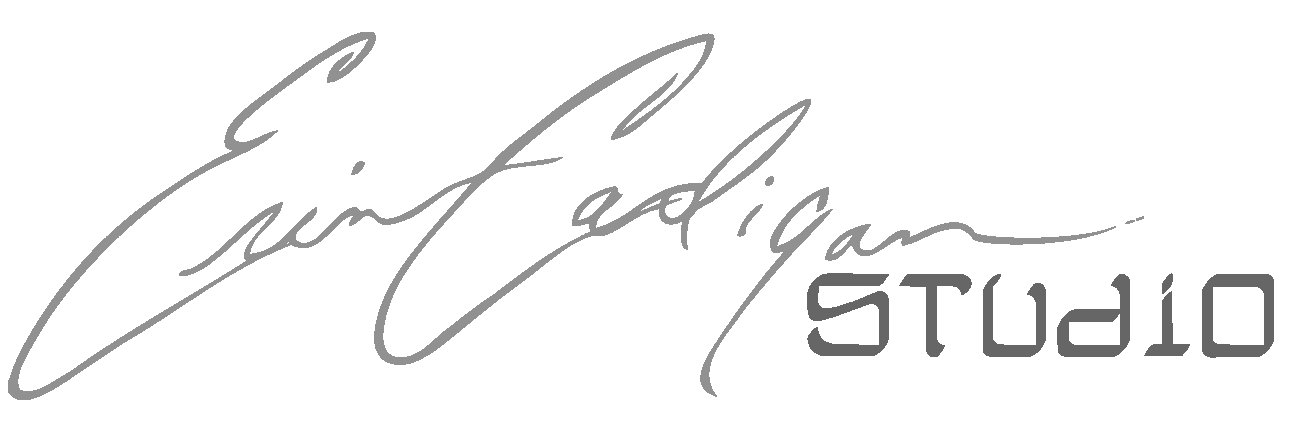TEACHING PHILOSOPHY
Each individual has a path to follow and something to offer. We each need to be given the opportunity to find our path. In order to fulfill our destiny and offer something new to world we need to cultivate an ongoing process of learning both in and out of the classroom. As a teacher it is my responsibility to acknowledge students as multi-faceted individuals full of potential and graced with an individual perspective. I believe students should be guided to reach their true calling by teaching them to keep a focused awareness of where they want to be in the future, by guiding them to tailor their learning opportunities to that vision and encouraging them to seek life experiences that build their path.
Learning is achieved when a student applies individual ideation and critical thinking to a newly discovered set of skills and/or information. As a teacher it is my role to provide the new skills or information in a clear and accessible format. In the creative fields learning process, I believe this should be done in as basic a format as possible. In my classroom I follow the presentation of data with a project-based goal to achieve that includes a limited amount of clearly defined parameters. Learning and creativity grow in the spaces in-between structured information. I try to focus my teaching methodology on providing as much space for freethinking as possible. At the same time, I stress the importance of learning the basic information prior to embarking on a creative arch that might bypass the learning objective. The basic elements and principles of design and skills of patternmaking, draping and construction are as important in the field of fashion as the alphabet is in the field of writing. By learning these basics a student is given a language with both to understand their innate abilities and a framework on which to build their creative process.
In my classroom I have five concepts that I teach the students no matter what subject is being presented. These are deadline, presentation, critique, voice and audience. In the field of fashion deadlines loom large. If you do not present your collection by market you miss out on precious selling time and press; you may be seen as a follower, not an innovator. If purchase orders are late to a major retailer they may chose to RTV the whole order, losing the company thousands of dollars. In my classroom late work will only be accepted with prior notification and valid reason. Presentation can in many ways be as important as the work itself. Students are taught to consider the final presentation of their work as part of the creative process. Critique teaches critical thinking and creative language. Through the process of critique in the classroom, students learn to evaluate their own work in the broader scope of assessing the work of their peers. In the industry this will apply to understanding trend, fashion vs. anti-fashion and fashion as performance and art. It is important that students learn to speak about fashion in a professional manner with industry terminology. Voice, as an artist, is the key to having a life-affirming career. In my classroom students are taught to defend their voice while also learning to accept, assess and incorporate others feedback into their process. The skill of learning to accept or reject critique is an important method to avoiding creative stagnation in the growth of voice. Finally I present to my students the concept that fashion is both an art and a business. As I heard Thom Brown once say during a lecture, “the creation of fashion is at times not nearly as hard as the business of fashion”. The best way to prepare a student for the business of fashion is to have them think early and often about their audience. By teaching a student to continually think in detail about who they are designing for, their work will become more focused and they will know themselves better as a designer.
